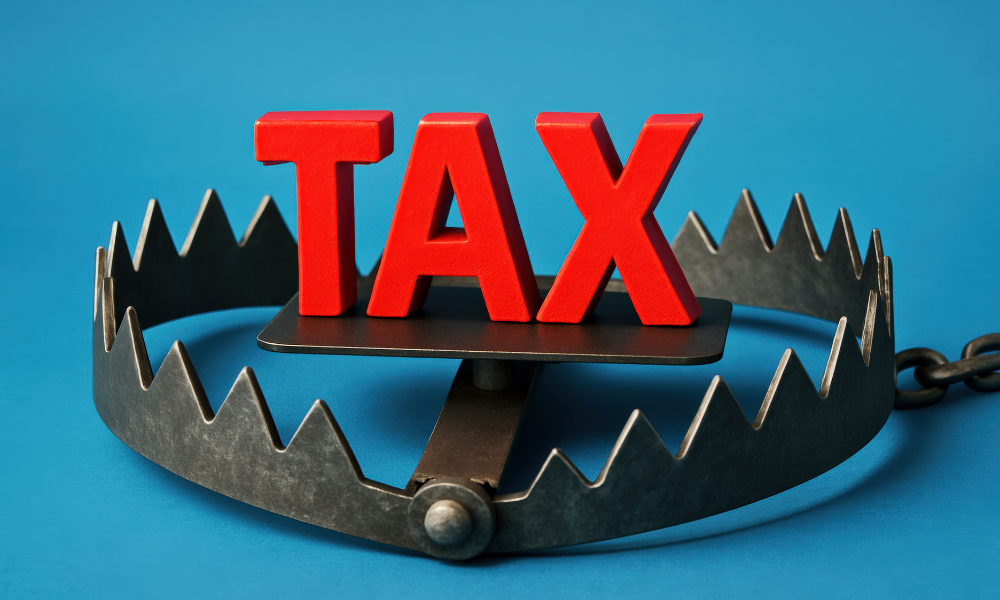Report calls tax regime a drag on growth and opportunity

Taxpayers in one Canadian region are being hit with a tax burden that a new report says is uncompetitive and is restricting growth and opportunity.
Atlantic Canada is facing a serious, and largely self-inflicted, economic obstacle from this tax environment, according to the report from Fraser Institute senior fellow Ben Eisen who argues that those in three provinces consistently face a higher tax burden across every major category of taxation, from personal income to corporate and sales taxes.
He says that for a group of provinces already struggling to attract talent and capital, this is a significant policy failure.
Prince Edward Island, Nova Scotia, and New Brunswick all rank near the top in terms of overall tax effort, how much revenue is extracted from residents relative to their capacity to pay. The analysis includes various levels of income from $50,000 to $300,000.
Specifically, at $50,000 of income, Nova Scotia has the highest provincial income tax rate (14.95%) on the next dollar earned followed by Newfoundland and Labrador (14.50%) and Prince Edward Island (13.47%) compared to the other provinces.
“High marginal provincial taxes aren’t just a problem for high income earners in Atlantic Canada. Middle-income earners in the region also face higher tax rates on the next dollar that they earn than most other Canadians,” Eisen says.
PEI tops the list among English-speaking provinces at 117.6%, with New Brunswick and Nova Scotia close behind. And despite Newfoundland & Labrador’s relatively moderate revenue-to-GDP ratio, its top marginal personal income tax rate is the highest in the country at 21.8%.
The picture doesn’t improve for businesses or investors.
All four Atlantic provinces levy the highest statutory corporate income tax rates in Canada, with PEI and Newfoundland & Labrador at 15%, and the others slightly below at 14%.
For entrepreneurs and skilled professionals, high capital gains taxes - tied directly to steep personal income tax rates - add another layer of disincentive.
Even consumption is heavily taxed with the provincial portion of the HST at 10% in PEI, Newfoundland & Labrador, and New Brunswick, and 9% in Nova Scotia - making them the highest in the country.
Eisen says that all this means a region that’s less attractive to mobile workers, job creators, and investors. And while other provinces are working to streamline and modernize tax policy, Atlantic Canada remains burdened by legacy structures that stifle growth.
“If policymakers in Atlantic Canada want to attract more professionals, entrepreneurs and private sector investment to spur economic growth and help create jobs, they should reduce income taxes,” Eisen concludes.



